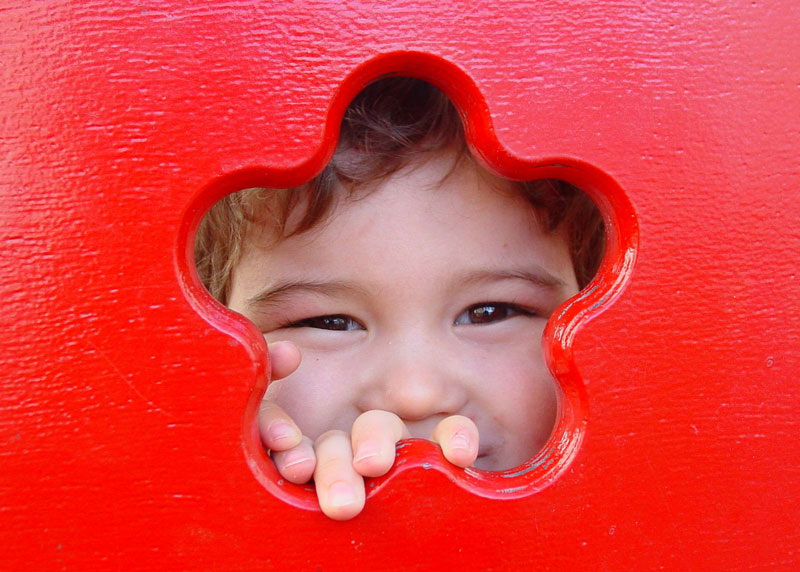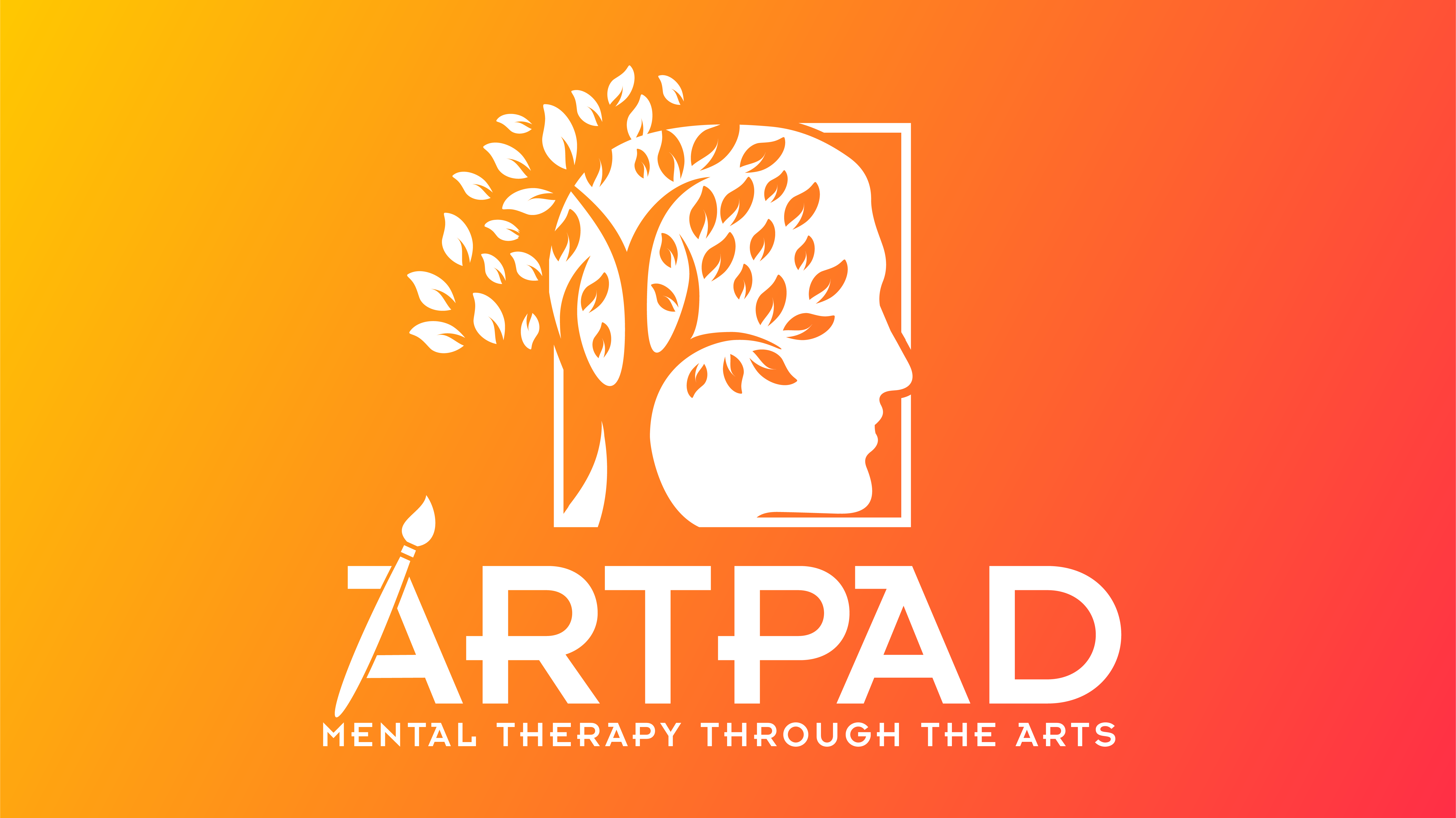Art Therapy

Why Art therapy?
Art therapy is a therapeutic approach that promotes healing by tapping into and revealing an individual’s deepest thoughts and feelings through the arts.
Right side of the brain The creative side of the brain.
According to scientific research, the right side of the brain is proven to be the creative side of the brain. It’s also the side that controls things like daydreaming, Intuition, art, Rhythm, and imagination. If you are a more creative and artistic person, you are classified as being right-brained.
When a student struggles cognitively, emotionally, or behaviorally, schools are often the first to identify symptoms and are charged to deliver the intervention. Accessing mental health services is often too daunting and cost prohibitive for overwhelmed at-risk families. School facilities are more often becoming the sole providers of mental health support. Art Pad wants to help you help your students with expressive and writing therapy programs.
Art Therapy services have effectively responded to students’ diverse and ever-changing needs. Students have been aided by the capacity of artmaking to restore healthy functioning and provide mastery amidst feelings of helplessness. Art therapy can significantly impact their mental health and well-being at each stage of the student’s life. We have curated our art therapy programs specifically around age and need to ensure that every student maximizes the impactful experience.
Examples:
- Self-esteem mirror
- Paint & Color Therapy
- Rice Art
- Finger Painting & Clay Art
- Aromatherapy painting
- Mixed Emotions Paper Chain
- Heart Mapping

Art therapy for veterans
Combat veterans are seeking art therapy to assist with trauma resolution, integrate with their TBI treatment plan, and provide coping mechanisms for PTSD symptoms.
Importance of Art therapy for elderly (65+)
- Increased motor skills and coordination – In the art programs the participants focus on a single task such as painting, drawing, sculpting, or another creative project. Engaging in these light physical activities helps to improve coordination and increases blood flow, which may improve dexterity in the hands, wrists, and fingers. As a result, art therapy can help adults with arthritis or other joint conditions manage inflammation and chronic pain.
- Cognitive function and stimulation- Engaging in the art programs challengers people to think creatively and boosts cognitive function. The process of learning something new, such as a new art skill, helps to stimulate healthy brain activity and keep our minds sharp. Some studies even suggest that art may reduce the rate of development of memory conditions such as Alzheimer’s disease. For seniors living with memory loss, the process of creating art can be an avenue for communication and self-expression.
- Improved mood and mental health – Art programs are known to lessen feelings of anxiety, depression, and stress in people of all ages.
- Opportunities for social connection –In many cases, art programs occur in a social environment, which encourages participants to socialize and facilitate communication with those around them. For older adults who may struggle with feelings of loneliness or isolation, art therapy gives them the opportunity to exercise their social skills and make new friends in a relaxing, casual setting.

